Here's a little drainage project I took on a few months ago and it has really worked out. Prior to installing what essentially amounts to a dry creek bed, my client was experiencing wash out of his mulch during heavy rain.
Several thought processes are required when eliminating a surface runoff drainage problem. First, you want to determine what type of solution will work best. French drains clearly would not be appropriate (they are, in fact, overly used, often, poorly installed, and seldom do they correct the problem); A basin w/ grate and underground piping would work, but a 12" thick, concrete retaining wall was in the path of the runoff outlet making this option an impossibility. So, surface drain (ie. dry creek bed) was the ticket.
Second, you need to anticipate the amount of water that might run through your system and create it so that it is large enough. Also, you must determine the optimum point of runoff entry. In this case, that was pretty obvious. What was neat about this project was being able to turn the water movement to where I wanted it to go...quite nearly a 180 degree turn!
Lastly, consider aesthetics. Sure, it's a drain system. But that doesn't mean it can't be perty!
Tuesday, June 1, 2010
Turn your surface drainage problems around!
Posted by
themanfromearth
at
9:15 AM
![]()
Labels: drainage, stone work
Subscribe to:
Post Comments (Atom)

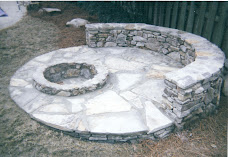






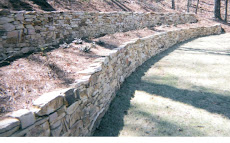





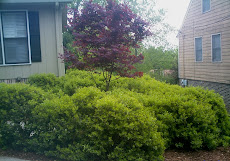
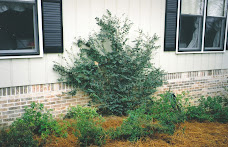
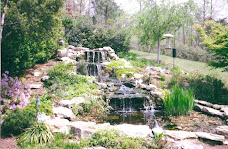
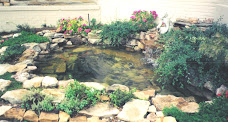




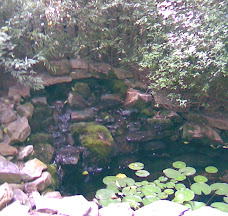





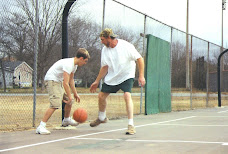
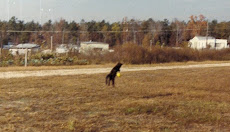
2 comments:
What did you use as a base or to set the stones? Concrete, clay? Looks very perty.
Laura
Jackson, ms
Hello there, Jackson, Mississippi!
Here is what I did on the install:
1. I dug out, by hand (w/ shovel), the soil to a depth of about 8 inches and a width varying from 18 inches to 30 inches. The width and depth you dig to is really dependent on how much runoff your system will need to handle.
2. Then, I simply began inserting reasonably large stone to form the side walls of the "dry creek bed". As I sit each individual stone in place, I use a rubber mallet to firm up the soil around each stone as well as to pound on the rocks a bit to make sure they are going to move around on you. In this particular application, no mortar was used.
3. Lastly, I set in some 1" thick flagstone pieces along the bottom of the creek. You'd be surprised how well flagstone pieces can handle significant runoff in this scenario. Think about your level as your doing this, trying to avoid "bellies" and such along your creek bed.
Happy gardening!
ps...By the way, are you familiar with Felder Rushing?
Post a Comment